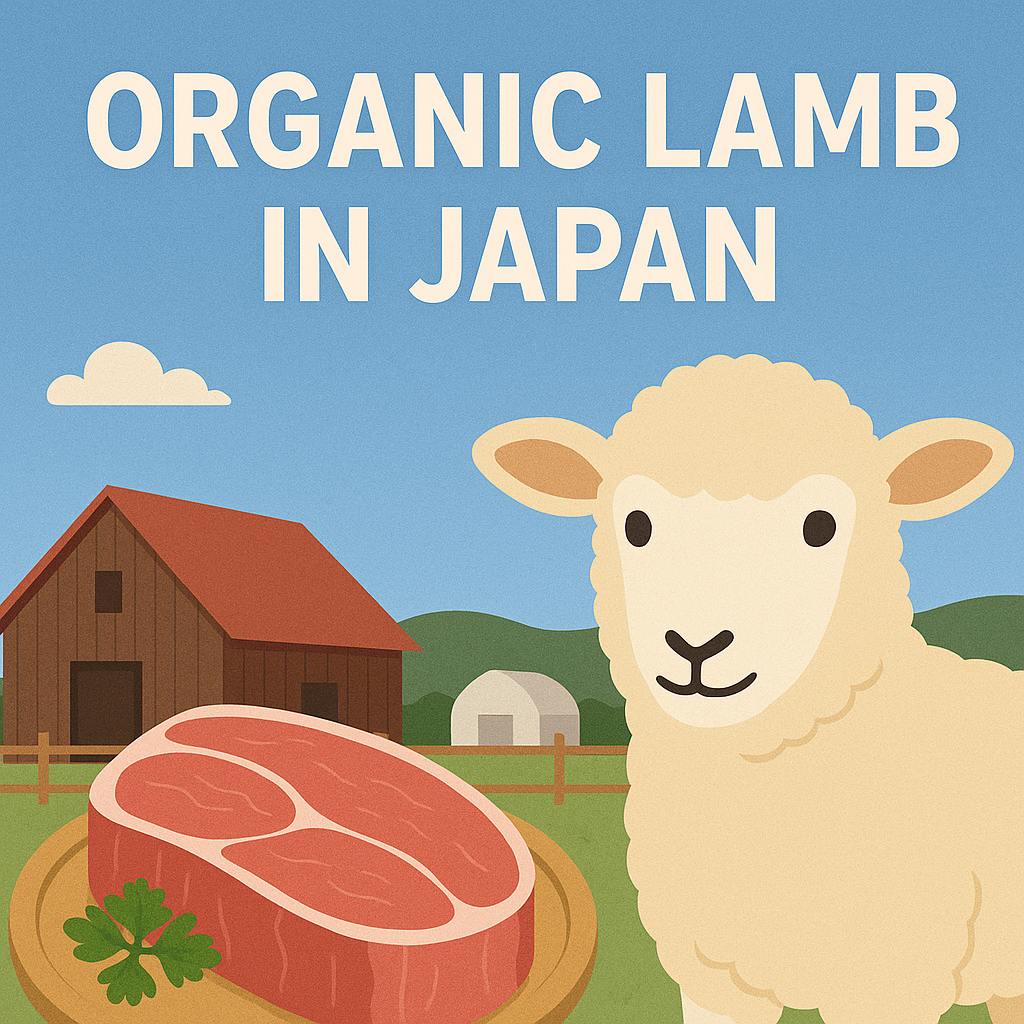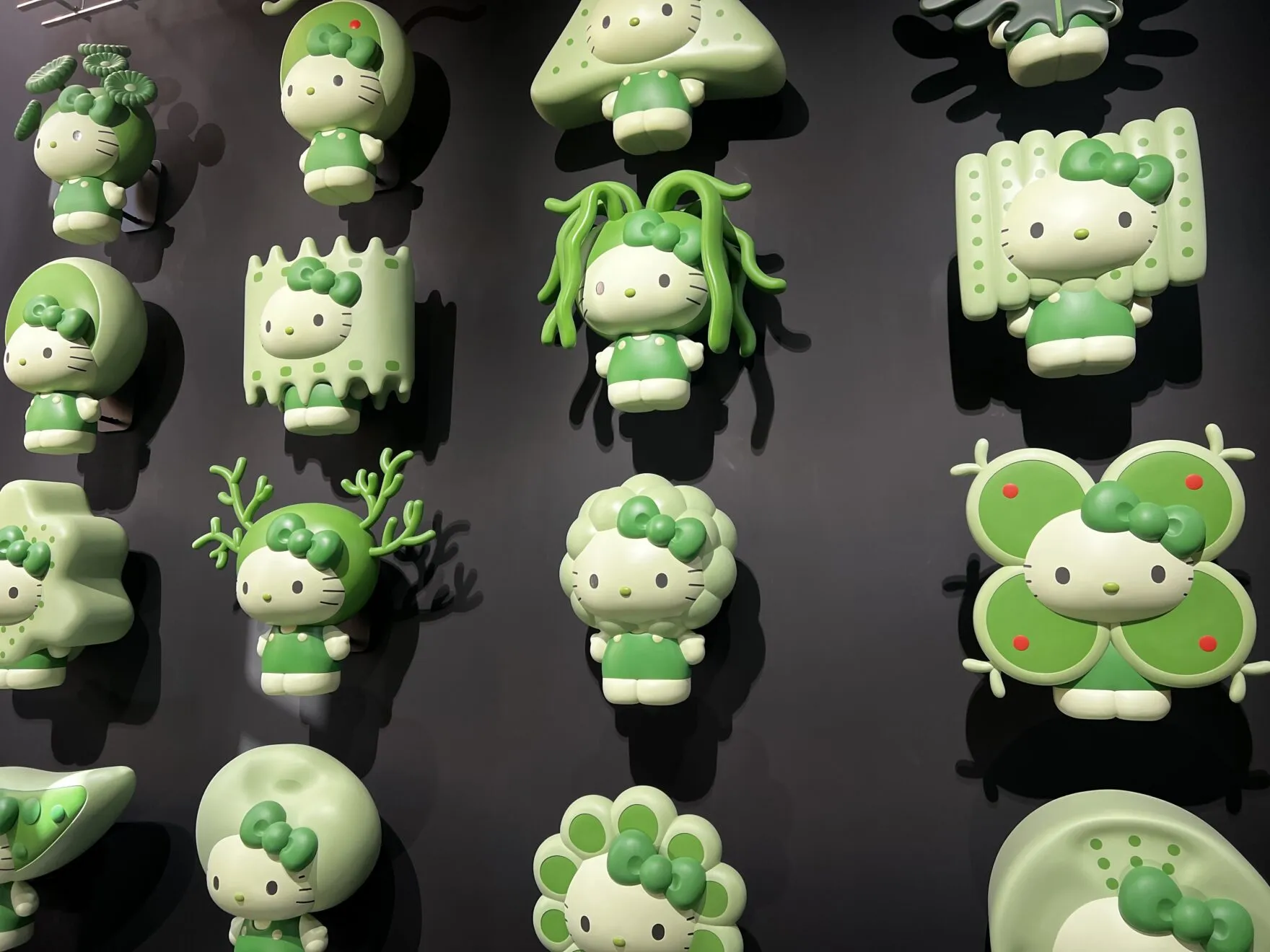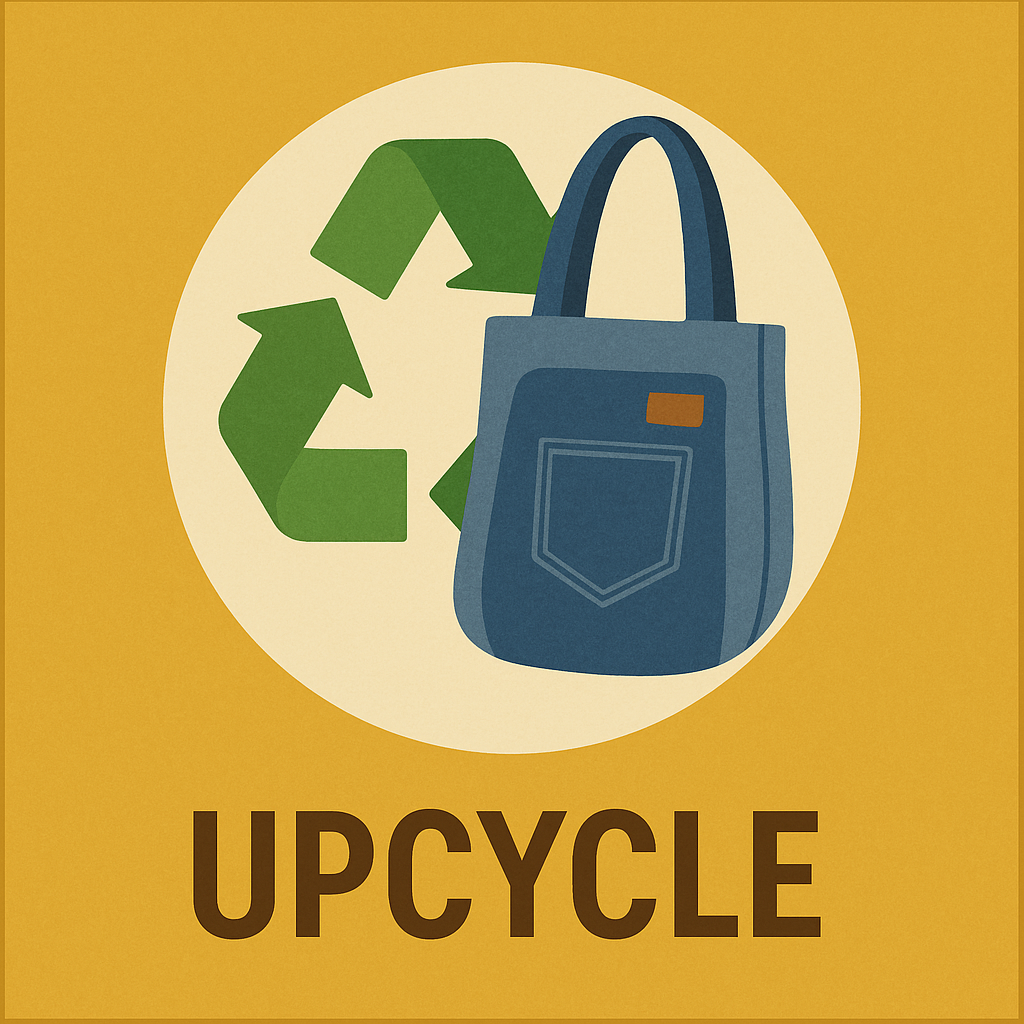Ishikari Sheep Farm, located in Ishikari City, Hokkaido, recently achieved a historic milestone: its lamb became the first case in Japan to earn Organic Japanese Agricultural StandardsCertification (Organic JAS). The owner of the farm, a former science teacher with a unique career background, has embraced innovative methods to pursue sustainable livestock farming. These include grazing sheep on riverbeds and using discarded vegetables as feed, aiming to reduce environmental impact, cut CO₂ emissions, and minimize food waste.
- The First Lamb in Japan Certified as JAS Organic Livestock
- Advantages of grazing along river
- Transitioning from a science teacher to an entrepreneur in wine and cheese imports
- Reducing Food Waste with Sheep
- Authentic Flavor:Ishikari Sheep Blue Cheese
- Understanding the Importance of Food Through Interactions with Sheep
- Aiming to Establish Urban-Adjacent Livestock Farming
The First Lamb in Japan Certified as JAS Organic Livestock
On October 24, 2024, a historic milestone was achieved in Japan: the first JAS Organic Livestock Certified for lamb. Ishikari Sheep Farm which is located in north Sapporo took the award.
At this farm, approximately 2.5 hectares of riverside land along the Ishikari River—the largest river in Hokkaido—are used for grazing. This year, 30 lambs were released to graze freely. The sight of lambs grazing under the expansive sky leading to Ishikari Bay evokes a sense of tranquility. The riverside area, which is managed by the government as part of a Class 1 river system, has grass and forage crops planted to strengthen the riverbanks. Since no pesticides or chemical fertilizers are used, the grass that grows here serves as organic feed.
To receive JAS Organic Certification, farms must meet strict requirements, such as feeding animals entirely on pesticide- and chemical-free fodder and raising them in environments that consider animal welfare. Ishikari Sheep Farm met these rigorous standards by grazing seven lambs under five months old on this riverside land for six months, ultimately obtaining the JAS organic certification.
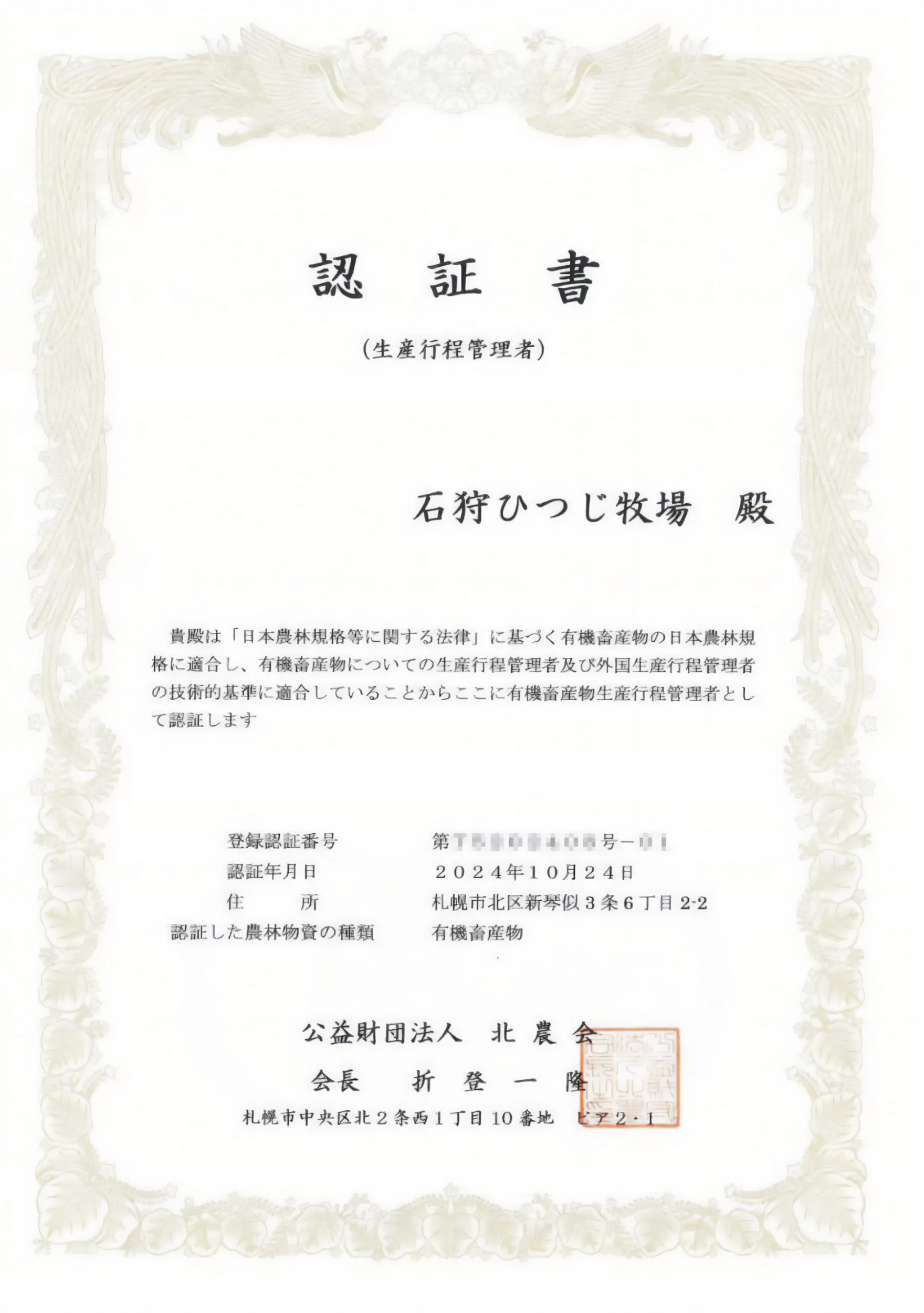

Advantages of grazing along river
Across Japan, the riversides of Class 1 rivers are regularly mowed to preserve embankments and enable early detection of any abnormalities. However, maintaining these vast riverside areas comes at a significant cost to taxpayers, with a considerable amount of public funds used for their upkeep. Additionally, the CO₂ emissions from using grass-cutting machinery cannot be ignored.
Sheep are emerging as a potential solution to these challenges. Grazing sheep on riversides is seen as a mutually beneficial solution for all—addressing the needs of the environment, people, and animals.
- By grazing on grass, sheep help with weed control, reducing the public funds needed for maintenance.
- The reduced reliance on grass-cutting machinery lowers CO₂ emissions.
- Livestock farmers benefit by cutting down on feed costs for sheep.
- With their preference for dry conditions and the gentle slopes of embankments, sheep thrive in riverside areas, creating an environment aligned with "animal welfare" principles that promote healthy and comfortable lives for animals.
- Consumers can enjoy safe, domestically produced lamb that is fed on organic forage and raised in an animal-welfare-friendly environment.
This raises the question: Are sheep the best choice for riverside grazing? The answer lies in the nature of the animals. Cattle are too heavy and could damage embankments, while goats are intelligent and prone to escaping. This perspective came from the local river management office, which proposed the idea of grazing sheep at Ishikari Sheep Farm.
In 2021, an official from the river management office made an unannounced visit to Ishikari Sheep Farm and asked, "Would you consider grazing sheep along the Ishikari River?" This marked the beginning of riverside grazing at the farm.


Transitioning from a science teacher to an entrepreneur in wine and cheese imports
The Ishikari Sheep Farm is managed by 62-year-old Tomoshi Yamamoto, who is finally beginning to see the fruits of over a decade of perseverance and trial and error in farming.
Yamamoto was born in Fukui Prefecture. He moved to Tokyo to go to a national university.After graduating, he became a teacher of science at middle school.He started his teaching career in Edogawa Ward, Tokyo (a district in eastern Tokyo close to the Sumida River), before transferring to a middle school in Monbetsu City, Hokkaido (a remote city in northern Japan).After three years there, Yamamoto made a bold decision: "Instead of merely encouraging my students, I wanted to inspire myself and achieve something meaningful in my life." With that in mind, he set his sights on establishing a wine import business.
Yamamoto didn't stop at wine; he also started importing cheese, and the business took off. However, he soon set his sights on his next challenge.
Rather than selling cheese made by others, He wanted to craft his own from scratch and make it a local specialty.
Yamamoto tried many kinds of cheese through his business, and was most impressed by the flavor of cheese made from sheep's milk. In Japan, sheep bred for milking were rare, so he reached out to breeders in Australia and New Zealand. He personally imported 110 sheep from Australia and transported them to Hokkaido.
As a former science teacher, Yamamoto had no reservations about raising animals. However, suddenly managing dozens of sheep was a steep learning curve, fraught with failures and hardships. At one point, he even contemplated setting fire to the barn and shutting down the business entirely.
At that moment, a phrase from his elementary school principal came to mind: "Quitting leads to nothing." He reflected on his journey—from leaving his teaching career to establishing an import business, and finally setting his sights on raising the sheep he had brought all the way from Australia.
"If I don’t do this, who will?" he thought, summoning the determination to move forward. He abandoned the idea of burning down the barn and instead chose to forge ahead with unwavering resolve, pursuing his goal with single-minded focus ever since.

Reducing Food Waste with Sheep
The Environment, Food, and Livestock.These are the words that have constantly circled in his mind since he started his farm. For the first four years, he followed the practices of experienced shepherds, using standard pasture grass and imported feed mixtures. However, he couldn’t shake the thought: "This doesn’t truly make lamb or cheese that is authentically Japanese." The idea gnawed at him day after day.
One day, he had an idea. Hebegan collecting vegetable scraps and okara (the nutrient-rich pulp left over from soy milk and tofu production) discarded by a nearby food processing plant to feed his sheep. Unlike hay, these food scraps have an edibility rate of over 90%, meaning there was very little waste, which made cleaning the barn easier. Most importantly, the flavor of the lamb meat and milk improved significantly. Herealized that the rich nutrients found in vegetables like cabbage, carrots, Chinese cabbage, and bell peppers—vegetables meant for human consumption—directly contributed to the production of high-quality lamb meat and milk.
Today, Ishikari Sheep Farm consumes around 1 ton of fresh vegetable scraps and 300 kilograms of okara daily. This initiative benefits both the farm and the processing plant: the farm saves on feed costs, while the plant reduces its waste disposal expenses—a true win-win situation. Moreover, because the feed source is nearby, the energy, costs, and labor associated with transportation are minimized. This approach perfectly aligns with his overarching goal of achieving sustainable and environmentally friendly livestock farming.

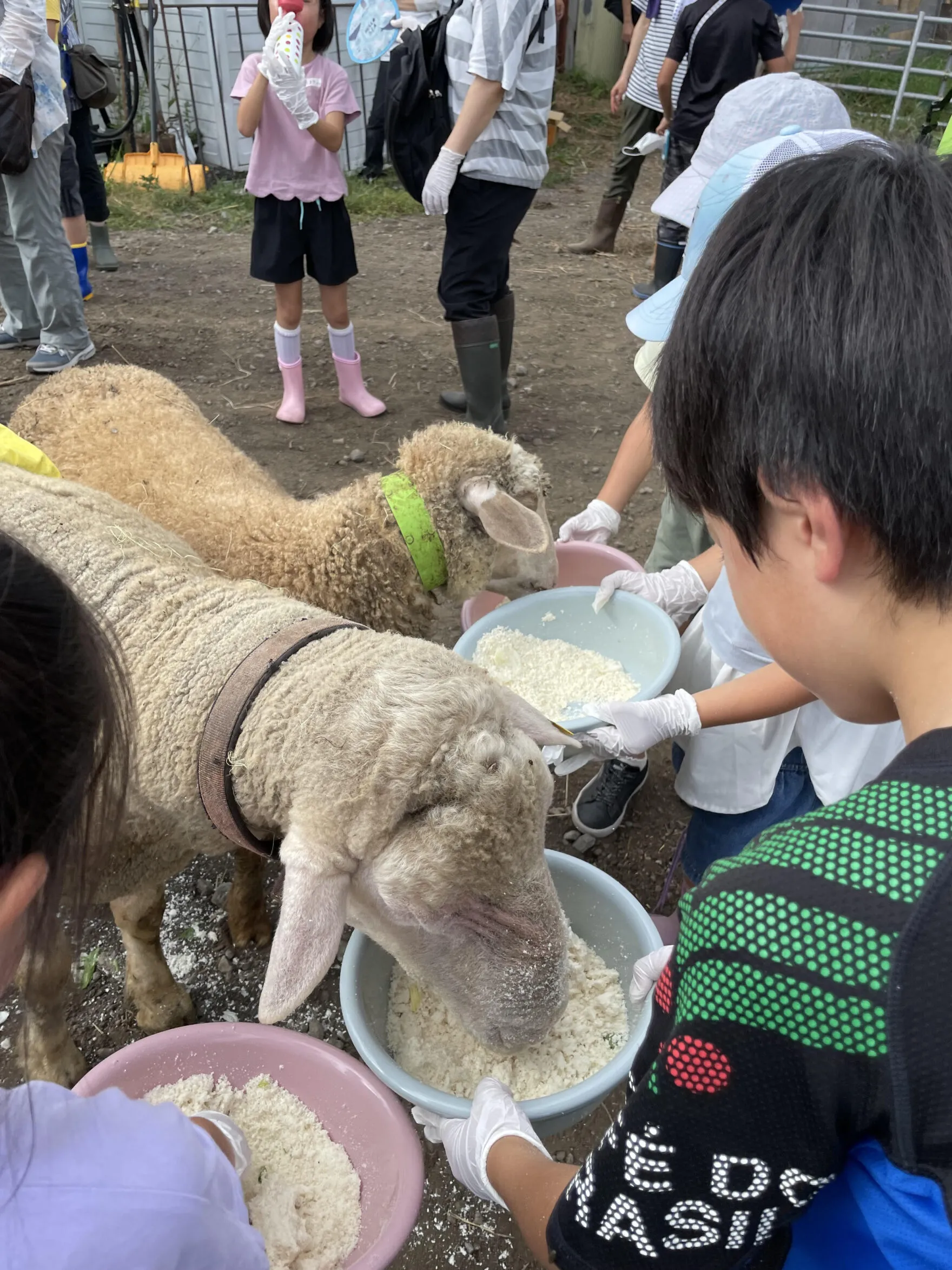

Authentic Flavor:Ishikari Sheep Blue Cheese
The journey of Ishikarifarm began with a simple dream: “I want to make cheese from the milk of sheep I’ve raised myself.” Today, that dream has become a reality.
He introducesd Ishikari Sheep Blue Cheese which is the first products produced sheep’s milk cheese in Japan..This blue cheese, made from rich sheep’s milk with 7% milk fat, is Yamamoto’s proud creation. Although it narrowly missed winning an award at Japan's largest cheese contest, the Japan Cheese Award 2024, held in October, it has been highly praised in the market, selling out immediately after being listed on e-commerce platforms.
Discarded vegetables and riverside land. Yamamoto’s innovative use of resources once deemed wasteful to produce high-quality meat and dairy products is set to challenge conventional livestock farming practices.

Understanding the Importance of Food Through Interactions with Sheep
On September 1, 2024,the cheerful voices of children echoed across the autumn-clear Ishikari River riverside. Hosted by Yamamoto and a team of volunteer staff, the "Ishikari River Sheep Festival" was held for the third time. The event aims not only to introduce riverside grazing but also to encourage attendees to think about the importance of food, including issues like food waste and self-sufficiency, through interactions with sheep.
On this day, nearly 1,000 parents and children visited this event, enjoying activities such as riding on the backs of sheep and feeding them vegetable scraps. Various dishes were also offered, including minced lamb bowls, salads topped with sheep’s milk cheese, and sheep’s milk gelato, all made with ingredients from Ishikari Sheep Farm. These offerings deepened participants' understanding of food production and the connection between producers and the land.
Participants shared their impressions.
"At first, it felt a bit sad to eat meat while watching the sheep up close, but it made me realize the importance of valuing food. I truly enjoyed it."
"I was amazed that even when grazing on such a vast riverside, the sheep didn’t run away. They seemed so comfortable."
The event provided a valuable opportunity for many to reflect on sustainable approaches to food and its importance in daily life.



Aiming to Establish Urban-Adjacent Livestock Farming
Yamamoto’s ultimate goal is to establish livestock farming that is environmentally friendly, sustainable, and contributes to improving Japan’s food self-sufficiency rate. He believes this can be achieved through what he calls "urban-adjacent livestock farming.
The concept includes:
- Utilizing vegetable scraps generated in urban areas.
- Grazing livestock on riversides, which are not designated as farmland.
By using vegetable waste from urban areas, this approach helps reduce food loss and cuts down on the incineration of waste that relies on fossil fuels. Grazing on riversides, which are not considered farmland, effectively increases the availability of “farmland-like” spaces. This enables even non-farmers to lease riversides for seasonal farming, contributing to a boost in food self-sufficiency.
He explains that agriculture requires flexibility to adapt to the local environment and conditions. He believes that with Japan’s food self-sufficiency rate already so low, utilizing discarded food, as practiced at Ishikari Sheep Farm, can help address this pressing issue.
There are only 5 years left until 2030 SDGs targets, it is essential to break free from conventional wisdom and practices. It is through the efforts of individuals like Yamamoto, who continue to challenge norms, that we can envision a truly sustainable society.


